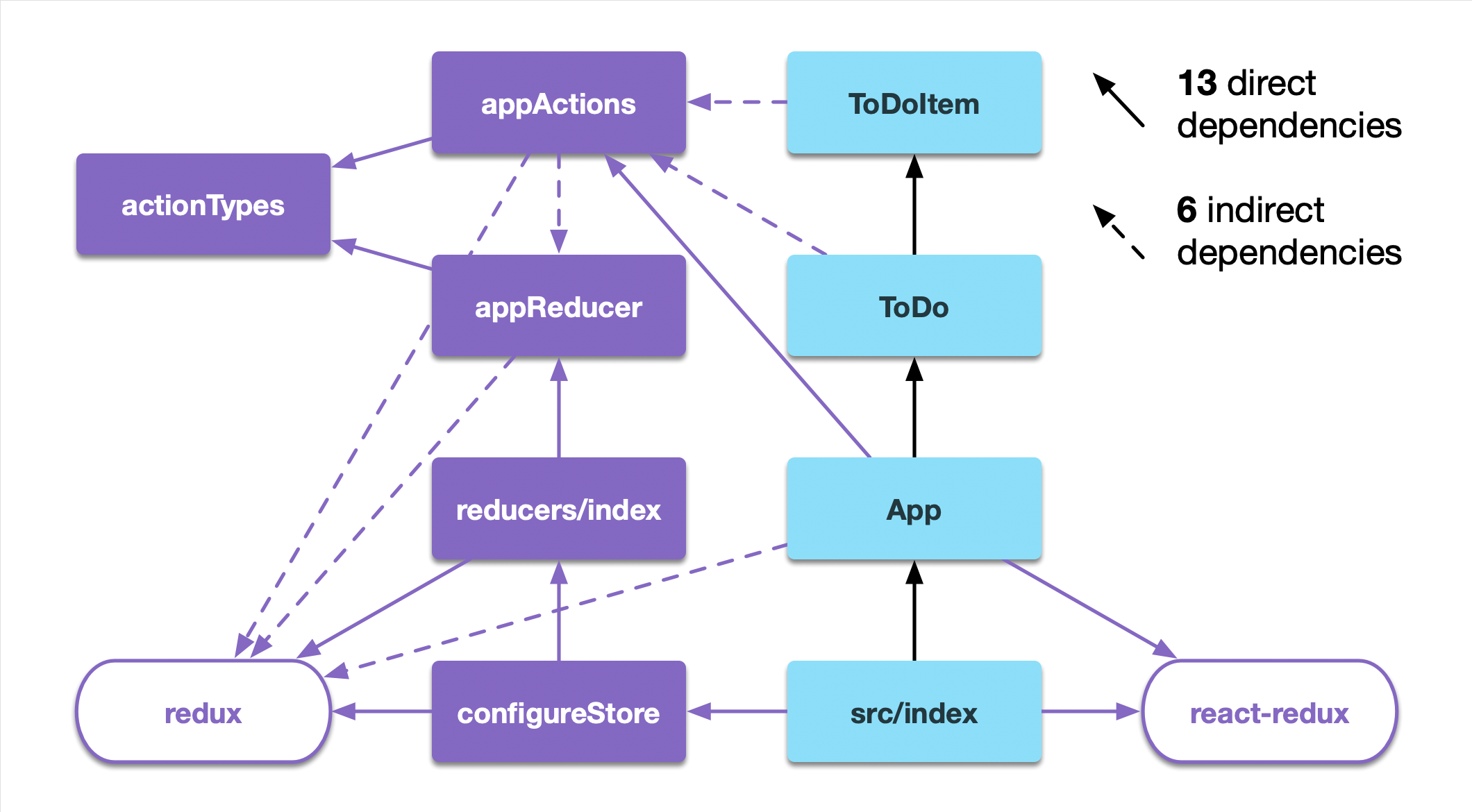

I am not going to explain how redux, middleware and async flow work in redux.

So, we are going to build the functionality to fetch 5 posts from an API and storing them in the Redux store. Well import the client utility from the src/api folder, and use that to make a request to /fakeApi/posts. Lets start by adding a thunk that will make an AJAX call to retrieve a list of posts. Suppose we are making a news application and when the app loads, it displays the top 5 posts on the home screen. Redux Toolkits createAsyncThunk API generates thunks that automatically dispatch those 'start/success/failure' actions for you.
#REDUX DISPATCH HOW TO#
What if I told you, there is a better and cleaner way of doing this task? Let’s see how.ĪGENDA: HOW TO SAVE INITIAL DATA TO REDUX STORE ON APP LOAD What are we going to build? It’s a very bad way of storing some initial data to the store. As soon as I receive the data, I dispatch an action from my root component so that the data get stored in the redux store. During my initial days of reduxing, I used to make my initial data fetch request in my root component’s componentDidMount() method. I prefer chaining the actions here (instead of inside the first action) because perhaps I don’t want to chain all these actions every time the buyVideo action will be called but only in this specific component.Making API calls and fetching data in a React-Redux app can be confusing when you are new to Redux.

Here buyVideo make a call to an API endpoint, closeModal and cleanCheckout are just synchronous actions but which still return promises so that I can chain them. If we were to take the example of an action creator which returns a function for the redux-thunk middleware, aren’t we definitely calling dispatch multiple times? function submit() `) Even if your action is an array of objects, or a function which can then create more action objects! Dispatching functions which dispatch actionsīut wait a moment.

How does this work? Well, no matter what you pass to dispatch, it is still a single action. However, the point of extracting an action creator was to centralize this repetitive logic across many components. And we dispatch it by calling dispatch passing in the return value from the action. You may use it to dispatch actions as needed. This hook returns a reference to the dispatch function from the Redux store. We will invoke useDispatch and store it to a variable, dispatch. So should you dispatch separate actions for each of these behaviours, or instead dispatch a single action which is handled by each of the applicable reducers?Īctually, this is a trick question with the appropriate store middleware, it is possible to do both at once! useDispatch (): useDispatch () hook is equivalent of mapDispatchToProps. For example: RESET your form’s view model, POST your form’s data to the server, and also NAVIGATE to another route. In response, you’ll want to do multiple things. ADVERTISEMENT Create the action types store/actionTypes. That said, we now have the necessary types to start using React Redux. There are a few reasons you’d want to do this, but let’s consider the problem of handling a submit event from a form. Then, we have ArticleState, ArticleAction, and DispatchType that will serve as types for, respectively, the state object, the action creators, and the dispatch function provided by Redux. As the complexity of our application increases. Uses: It makes easier to manage state and data. It simply manages the state of your application or in other words, it is used to manage the data of the application. When using Redux, you may have come across a scenario where you’d like one action creator to dispatch multiple actions. Redux is a state managing library used in JavaScript apps.


 0 kommentar(er)
0 kommentar(er)
